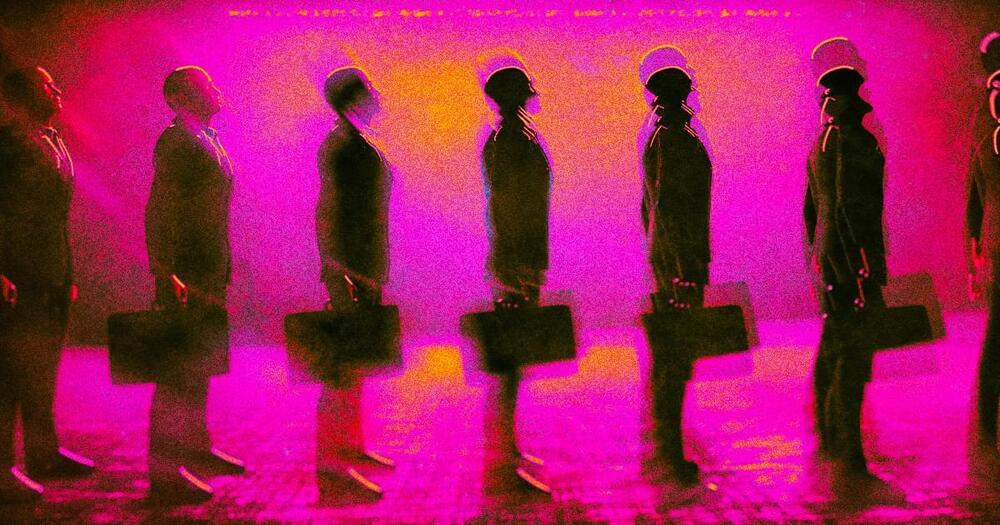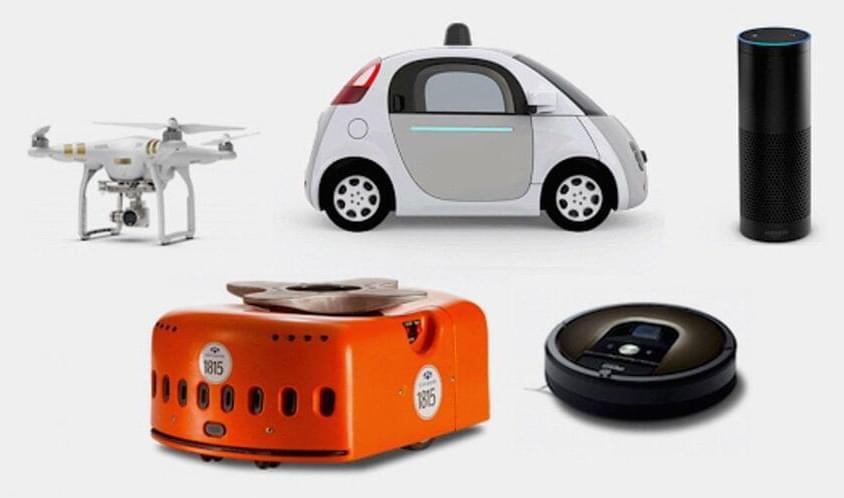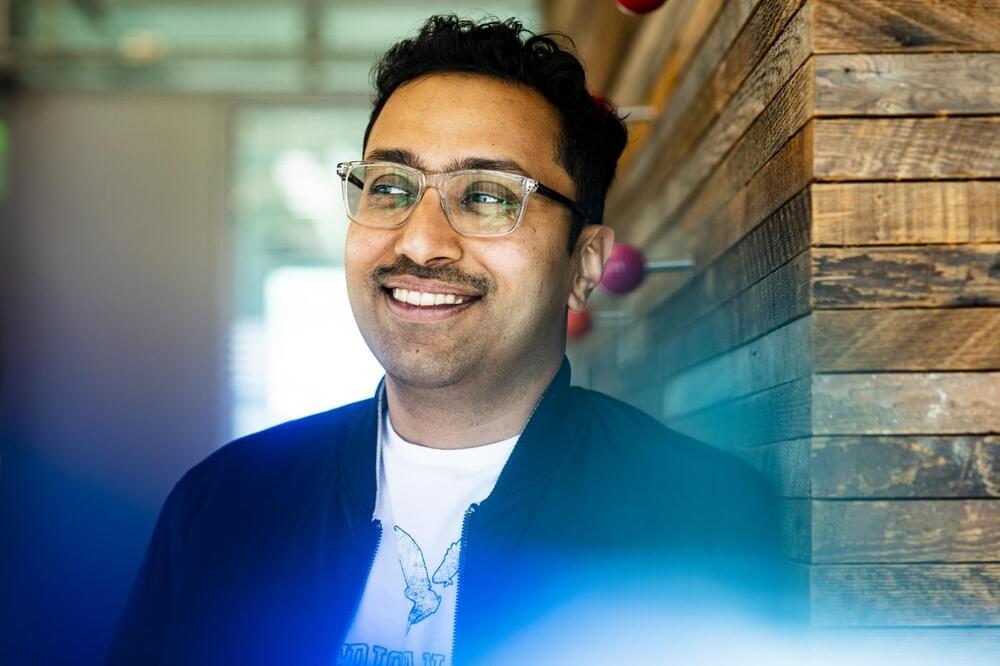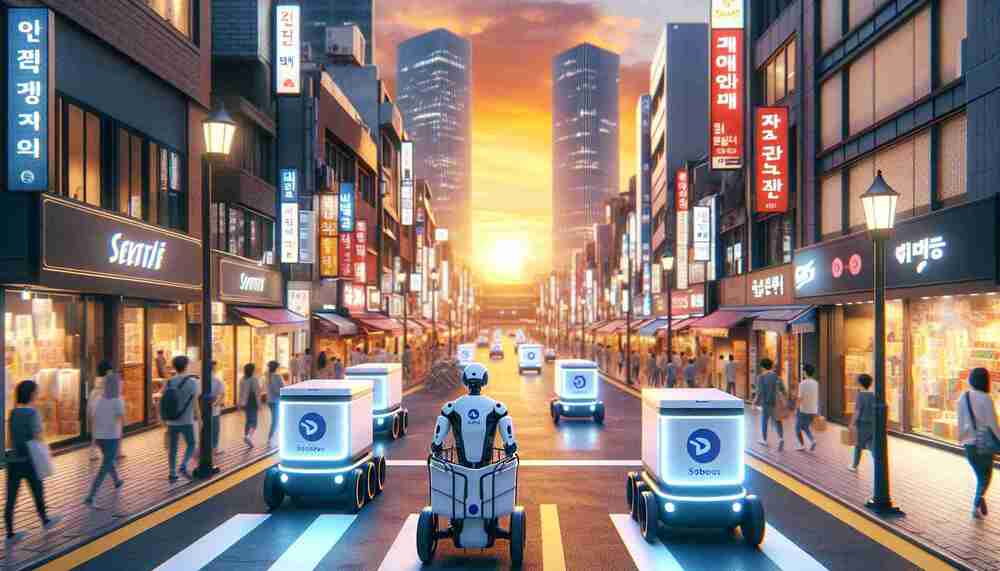The AI, which takes orders from drive-thru customers at Checkers and Carl’s Jr, relies on humans for most of its customer interactions.



The world’s first factory mass-produced humanoid robots will soon be opening in the Pacific Northwest. God help us all.
Agility Robotics CEO Damion Shelton told Axios in an unsettling interview that the company is slated to make 10,000 robots at its “RoboFab” facility once it reaches its “peak.”
Shelton used the term “humanoids” to refer to its walking and working robots produced for companies like Amazon. The company’s forthcoming move from its smaller factory in the tiny town of Tangent, Oregon to the much larger “RoboFab” plant in the nearby city of Salem will see it going from a tangential player in the robotics sphere to, if successful, one of the largest-producing in the United States.
Booyah, fellow interneters. In this episode Tesla Optimus gets an upgrade to generation 2. Droids get used to voice commands, robot dogs go sprinting, and of course where would we be without the neuromorphic cyborg supercomputer with human brain cells. This and more right here, right now! I’m Nick, let’s kick it!\
\
It is with the warmest feeling in our hearts that we thank you for staying with us. Your support and loyalty light up our path like Christmas lights. We also wish you ringing laughter, sincere gettogethers, warm embraces, unexpected surprises and bright, unforgettable moments. And to kick off these moments we are announcing a contest which will be held on December 26\
🎄✨ https://youtube.com/live/8rRhlyyfrSI?…\
\
0:00 beginning\
0:32 Merry Christmas\
1:24 Tesla news: new robot and Cybertruck\
4:09 The Digit robot understands humans\
5:07 The H1 humanoid robot is already on sale\
6:11 Robots work, not humans\
6:38 Four-legged robot mule\
7:39 The fastest four-legged robot\
8:34 The world’s first neuromorphic supercomputer\
9:51 Сyborg computer with a living organoid brain\
11:20 3D printing organs inside the body\
12:25 Robots conduct experiments and create medicines \
13:11 OpenAI creates a defense against superintelligent AI\
14:35 ESA’s mission to Mars\
\
🚀 Dive into the latest Tesla breakthroughs as we explore the new Optimus robot’s unique features and the eagerly awaited Cybertruck updates. Discover what sets Optimus apart from its counterparts, and join us as we analyze Morgan Stanley’s market predictions. Is it all just media hype, or is Tesla truly reshaping the future of technology? Let’s find out!\
\
Optimus Unleashed: Get the lowdown on how Tesla’s robot is becoming more human-like with improved agility, sensitivity, and design, mimicking the sleek style of a Model S.\
Cybertruck’s Debut: From its industrial aesthetics to Elon Musk’s quirky sense of humor, learn how the Cybertruck is more than just a vehicle—it’s a statement!\
Market Movements: Delve into Morgan Stanley’s explosive predictions for Tesla’s stock and discuss how AI and robotics could revolutionize the global labor market.\
Digit Speaks: Discover how the humanoid robot from Agility Robotics understands natural language, and ponder over the future of human-robot interaction.\
Unitree’s H1 Bot: A deep dive into the capabilities of this humanoid robot, set to revolutionize various industries with its advanced features and modularity.\
ANYmal in Action: Explore how this autonomous robot is taking over industrial inspections and what it means for the future of human labor.\
Barry the Robot Mule: Uncover the versatility of this pack robot and how it’s set to assist in construction, rescue missions, and more.\
Speedy HOUND: Meet the fastest four-legged robot that’s breaking records and setting new standards in robotics.\
DeepSouth — The Supercomputer: Learn about the world’s first neuromorphic supercomputer and its potential to unlock new horizons in AI.\
Ethical Tech Frontiers: From organ printing to cyborg computers, join us as we discuss the latest advancements and the ethical dilemmas they bring.\
Automating Science: Find out how XtalPi and ABB Robotics are transforming biochemistry labs with GoFa cobots.\
OpenAI’s Vigilance: Understand OpenAI’s strategy in defending against superintelligent AI threats and what it means for the future of technology.\
ESA’s Mars Mission: Gear up for the European Space Agency’s ambitious mission to Mars with the Rosalind Franklin rover and its quest to uncover signs of life.\
\
In this video, we’ll be discussing the evolution of ChatGPT to GPT5 | A new era of AI or the end of humanity? | Tech News | Pro Robots.\
\
chatGPT has long been a popular chatbot platform for businesses and organizations. Recently, the company has released a new platform called GPT5 which is claimed to be more advanced and robust than previous versions of the chatbot platform. In this video, we’ll be discussing the pros and cons of GPT5 and how it may change the future of AI. So whether you’re a robot lover or fearing for the future of humanity, be sure to check out this video and let us know what you think!\
\
#prorobots #ai #artificialintelligence #technology2021 #technologyfuture #Tesla, #OptimusRobot, #Cybertruck, #AI, #Robotics, #TechnologyUpdates



Intrigued pedestrians might soon double-take at the sight of robotic couriers whisking packages along Seoul’s sidewalks. The city, long revered for its kinetic energy, vibrant culture, and tech-savvy populace, now heralds a new era where AI companions seamlessly blend into the urban tapestry, all thanks to a trailblazing piece of legislation.
Discussions around Seoul’s pioneering law for robotic couriers often pivot between excitement and apprehension. Will these tireless machines soon buzz through our streets, carrying everything from our latest online splurge to critical medicine, or does their arrival signal a deeper, perhaps more ominous shift in society? Let’s journey into this brave new world where Seoul dares to dream with its eyes wide open.

Merry Christmas! I’m super excited to share my new & debut Opinion article for The Hill, a very influential newspapaer in Washington DC.
From addressing physical limitations to boosting cognitive abilities and emotional intelligence, technological enhancements hold the potential to revolutionize the human experience and ensure that we stand the best chance to remain relevant against advancing AI. Embracing human enhancement is not just a choice but an imperative for the continued advancement of our species.
There is an urgent need to technologically enhance human beings. That need is grounded in our innate drive for progress and improvement; our survival could even be at stake.


Robin Williams’ daughter Zelda is fed up with artificial intelligence being used to mimic her father’s voice.
In an Instagram story transcribed by The Hollywood Reporter, Williams said that she stands in solidarity with the Screen Actors Guild (SAG) protests against increasing the use of AI in Hollywood in part because of the ways the technology has been used to recreate her father’s inimitable voice.
“I am not an impartial voice in SAG’s fight against AI,” the daughter of the late actor wrote in a since-expired post. “I’ve witnessed for YEARS how many people want to train these models to create/re-create actors who cannot consent, like Dad.”

At the time of publication, 56 photos had been shared on López’s Instagram account. Images of her dressed in lingerie have also been posted on Fanvue, a subscription platform similar to OnlyFans.
Her most recent Instagram Stories show her drinking cocktails on a night out and going to the gym. The agency created the images using Photoshop.
Cruz said she was created with a “personality” and “based on what society likes most,” per Euronews.